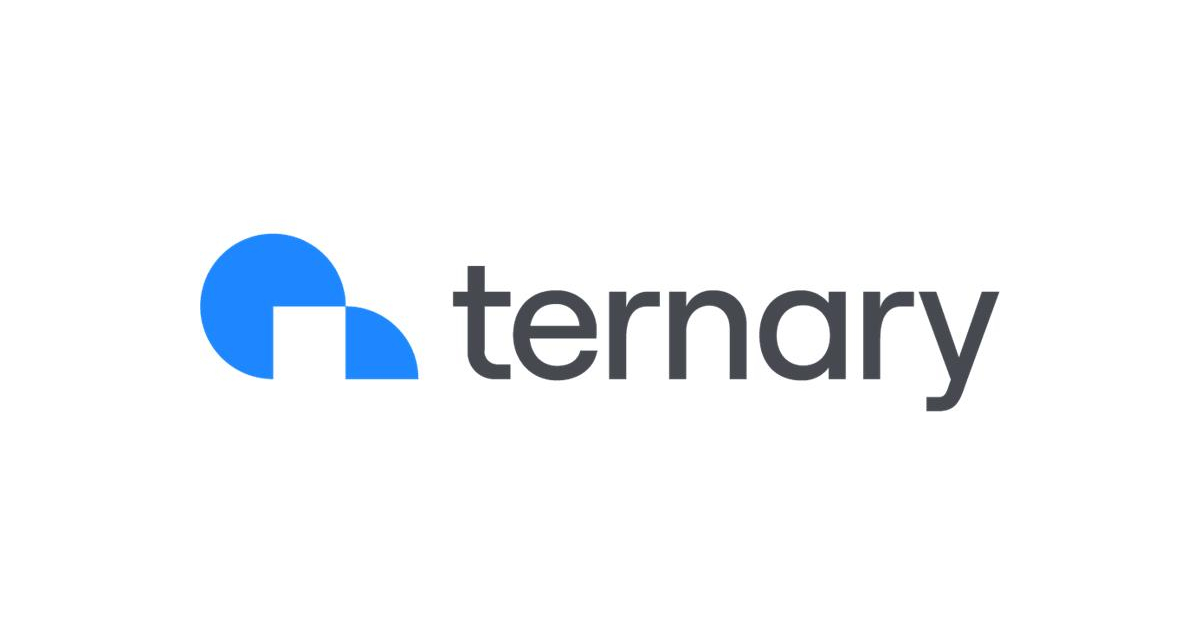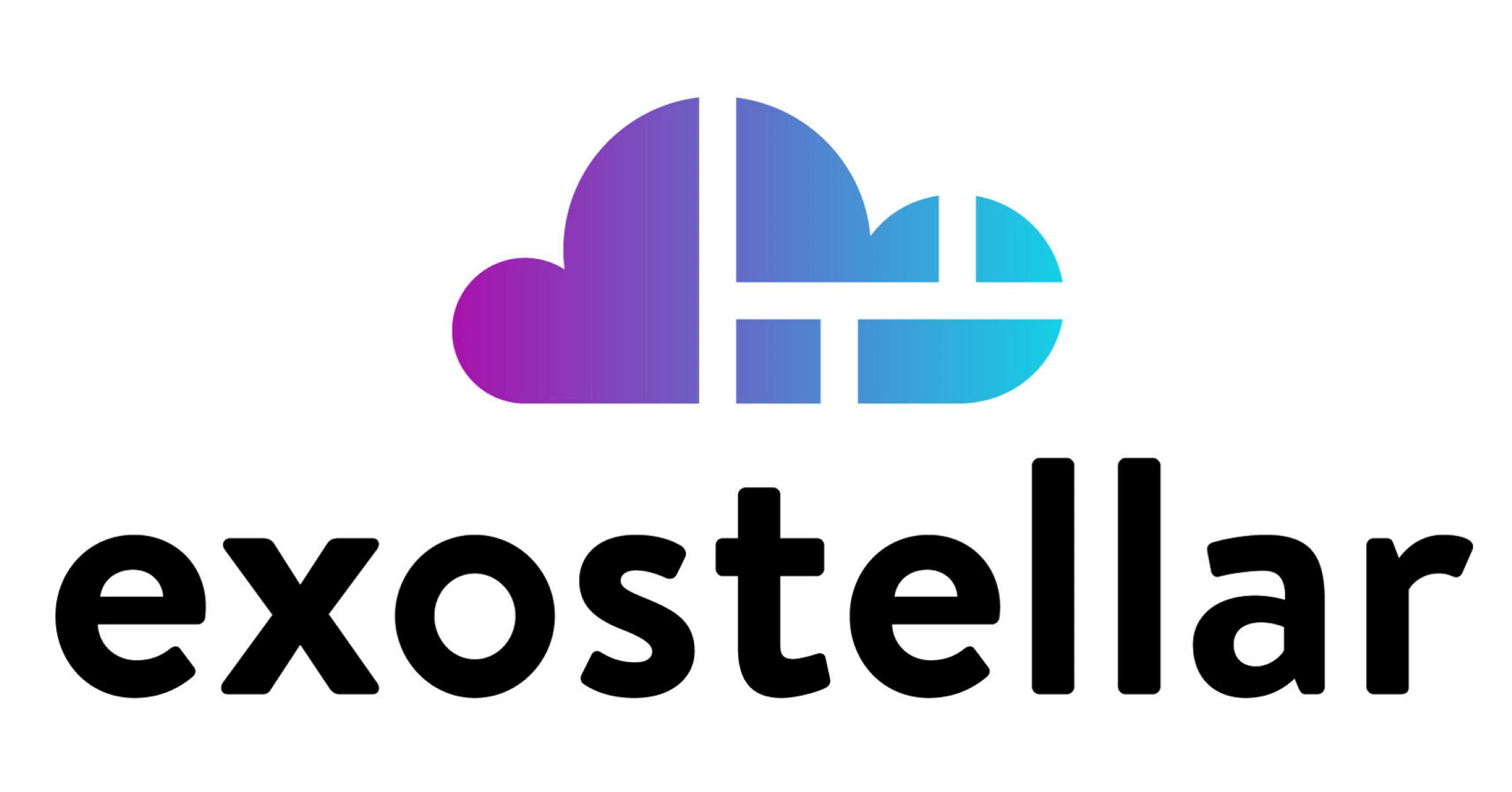Cloud technology has become an integral part of organizations’ IT efforts, offering opportunities for cost reduction, efficiency improvements, and competitive advantage. However, effectively harnessing the power of the cloud requires the adoption of best practices, frameworks, and a culture that embraces collaboration and cost transparency.
Key Takeaway
Implementing FinOps (financial operations) practices is crucial for organizations looking to optimize their cloud costs and drive successful cloud transformations.
The Current State of FinOps
Recent data from the FinOps Foundation reveals that while FinOps is gaining momentum globally, many organizations are still in the early stages of adoption. Around 68% of respondents are at the crawl stage, 23% are at the walk stage, and only 9% are at the run stage. However, a study by Accenture shows that only 42% of organizations have achieved any tangible value from their FinOps efforts.
Despite this, companies are showing an unprecedented commitment to the cloud, with 86% reporting an increase in cloud initiatives. It’s clear that IT leaders recognize the potential of FinOps to address cloud cost complexity, but there is still a significant learning curve ahead.
The Power of FinOps
FinOps is more than just a buzzword; it represents a mindset that brings finance, operations, and engineering teams together. By fostering a collaborative culture of cost transparency, FinOps enables organizations to make informed decisions and optimize cloud resources efficiently.
Best Practices for Successful Cloud Transformation
1. Build a rock-solid foundation with a cloud center of excellence (CCoE)
A CCoE is a team or group of individuals responsible for creating and implementing cloud-related best practices and governance policies. This team should have a comprehensive understanding of the organization’s financial health and KPIs before embarking on the cloud journey. Key responsibilities of a CCoE include owning and executing the cloud strategy, driving collaboration, and evaluating technology to support business initiatives.
2. Start a conversation with every stakeholder
To maximize the efficacy of cloud-based initiatives, it is essential to involve all stakeholders, including members of the C-suite, finance, legal, and procurement teams. Regular meetings and workshops should be conducted to discuss cost trends, set optimization goals, and foster an understanding of cloud technology throughout the organization. Friendly competitions and gamification can also be employed to incentivize cost reduction through FinOps practices.
3. Implement cloud cost management tools
To empower cost leaders and enable effective cost management, organizations should invest in cloud cost management tools. These tools provide round-the-clock access to reports, dashboards, budgets, and forecasts, allowing stakeholders to monitor and optimize cloud costs in real-time.
By embracing these FinOps best practices, organizations can navigate the complexities of cloud cost management, drive successful cloud transformations, and unlock the full potential of the cloud.

























